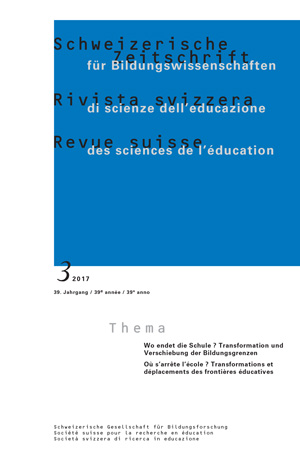Educational Trajectories Through Secondary Education in Luxembourg: How Does Permeability Affect Educational Inequalities?
DOI:
https://doi.org/10.24452/sjer.39.3.5040Keywords:
Educational trajectories, transitions, educational inequalities, education system, permeabilityAbstract
The link between stratification and educational inequality in empirical research is well documented. Some countries – particularly those that do not follow the model of comprehensive schools – discuss the possibility of increasing permeability between school tracks to reduce inequalities. This paper focuses on the occurrence of permeability in the stratified school system of Luxembourg and examines what this permeability entails for certain risk groups, specifically students from lower social background, male students and migrants. Educational pathways were classified (cluster analysis) on the basis of an administrative panel data set (n=5301); mechanisms behind educational decisions were analysed as a second step by estimating logistic regressions (Boudon, 1974). The findings show that reorientations in Luxembourg are often determined by the students’ social group, and that permeability – as blurred educational boundaries – mainly reproduces disparities in track placement.
Downloads
Downloads
Published
Issue
Section
License

This work is licensed under a Creative Commons Attribution 4.0 International License.



